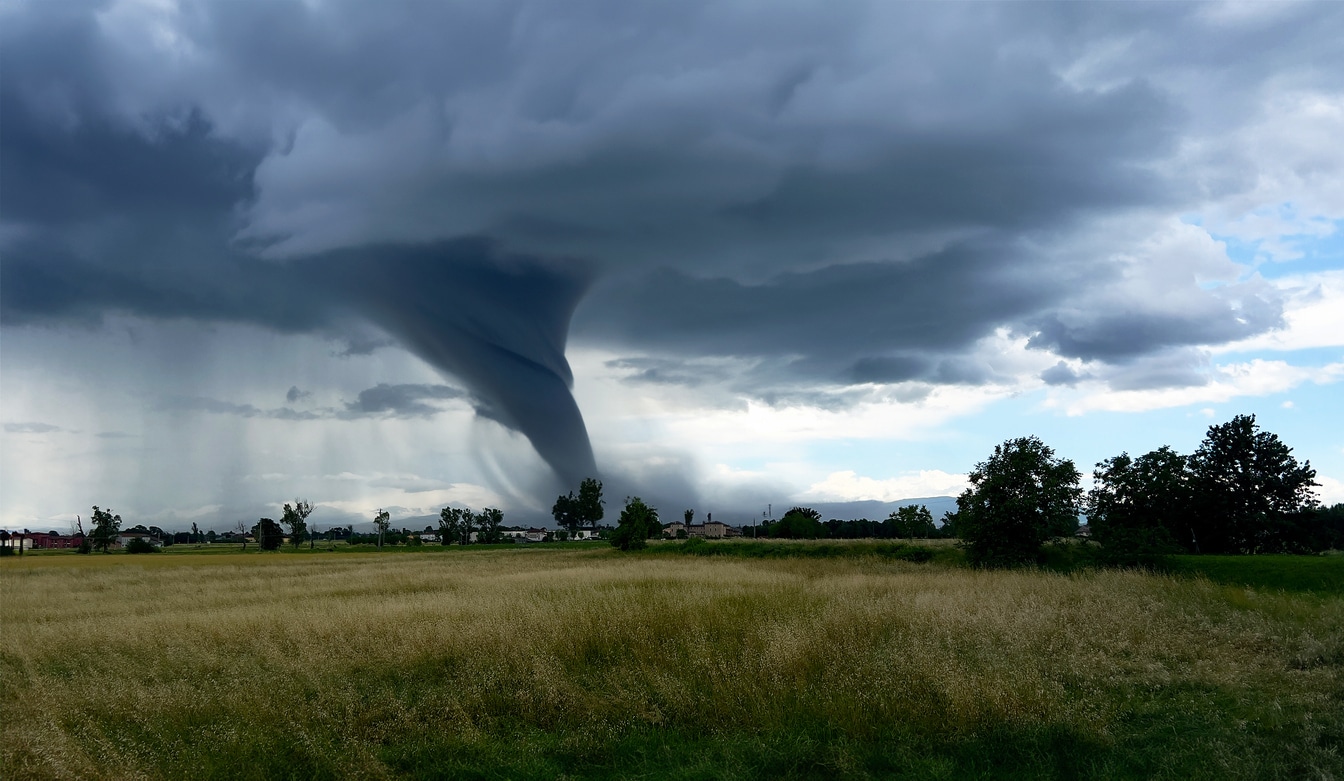Severe thunderstorms, accompanied by intense tornadoes and flash flooding, have swept through the central and southern United States, particularly hitting states like Oklahoma, Texas, and Missouri. The recent storms follow a destructive weekend in Oklahoma, where powerful tornadoes caused significant damage to homes and infrastructure.
The National Weather Service (NWS) confirmed at least five tornadoes over the weekend, including two EF3-level twisters in Harrah and near Sooner Road in Cleveland and Oklahoma counties. The Enhanced Fujita (EF) Scale rates tornadoes from EF0 to EF5 based on wind speed and damage potential, with EF3 storms capable of winds between 136 and 165 mph.
Tornadoes struck during the night, a time known to increase fatalities due to reduced visibility and the likelihood of residents being asleep. Many residents awoke to splintered homes, overturned vehicles, and scattered debris.
Communities Rally Amid Extensive Damage
Over 137 structures in the Oklahoma City area experienced varying degrees of damage, with nearly 40 completely destroyed. The Oklahoma City Fire Department reported that at least 11 individuals sustained non-life-threatening injuries, and many others reported minor injuries but did not seek medical attention.
Residents shared harrowing stories of the storm’s impact. Katie Anderson, a resident in southeast Oklahoma City, recalled the terrifying moment she realized her roof had collapsed. “Every single thing is replaceable, but people aren’t,” Anderson said, emphasizing her gratitude for her family’s safety despite the property damage. Another resident, Thomas Shaver, described the overwhelming noise as he hurriedly gathered his family to safety. His house lost its bedrooms and part of the roof, yet he remained thankful that they survived.
Amid the destruction, community members have come together to support affected families. In Moore Public Schools, donations have started pouring in to aid those impacted.
Continued Weather Threats and Government Response
The severe weather system is not limited to Oklahoma. Tornado and severe thunderstorm warnings have expanded to northern Texas, southeastern Kansas, and southwestern Missouri. The NWS has warned of EF2 or stronger tornadoes, large hail, and damaging winds. Meanwhile, torrential rainfall has triggered flash flood warnings, affecting over 7 million people across the region.
Oklahoma Governor Kevin Stitt declared an emergency for six counties and assured residents that efforts were underway to ensure polling stations would remain functional for the upcoming presidential election. As of early Monday, over 12,000 residents were still without power, and utility restoration continued where conditions allowed.
“Potential life-threatening conditions will move across the state,” Stitt cautioned, highlighting the collaboration between the state and local authorities to provide essential support and resources.
The recent surge in tornadoes, particularly during the fall, aligns with climate observations that indicate a shift toward more tornadoes occurring in less traditional seasons as warm, moist air from the Gulf meets colder atmospheric fronts.
Conclusion
As Oklahoma and neighboring states brace for continued storms, residents and officials are focused on cleanup, recovery, and preparation for potential future threats. The swift mobilization of resources and community support will be crucial as these states navigate through this challenging period.













